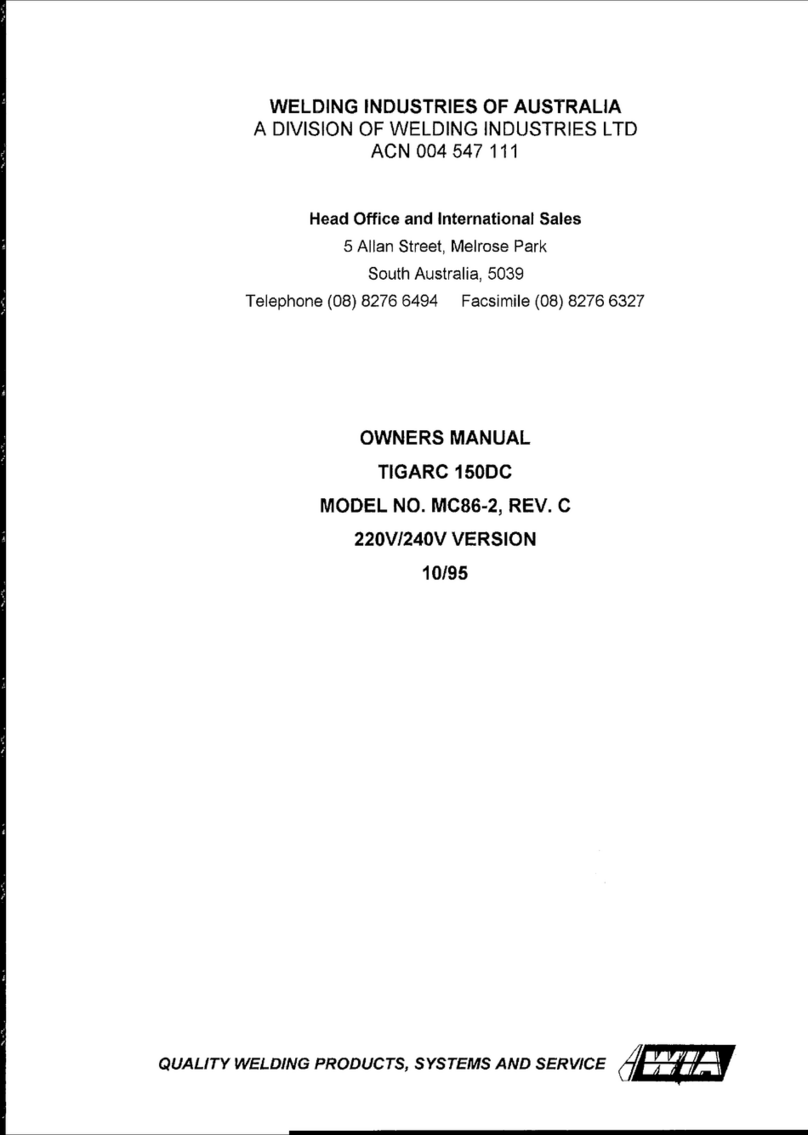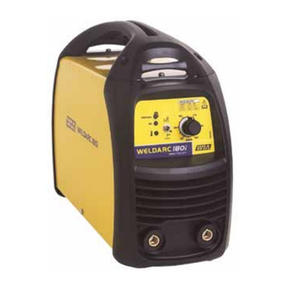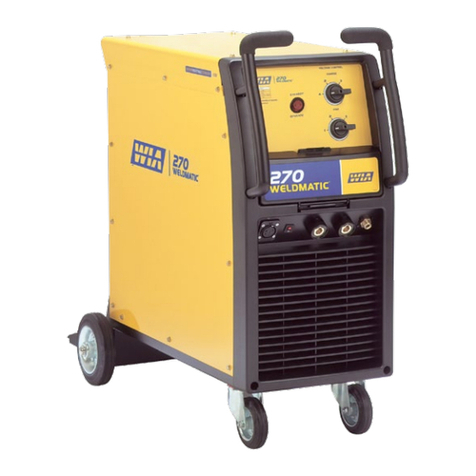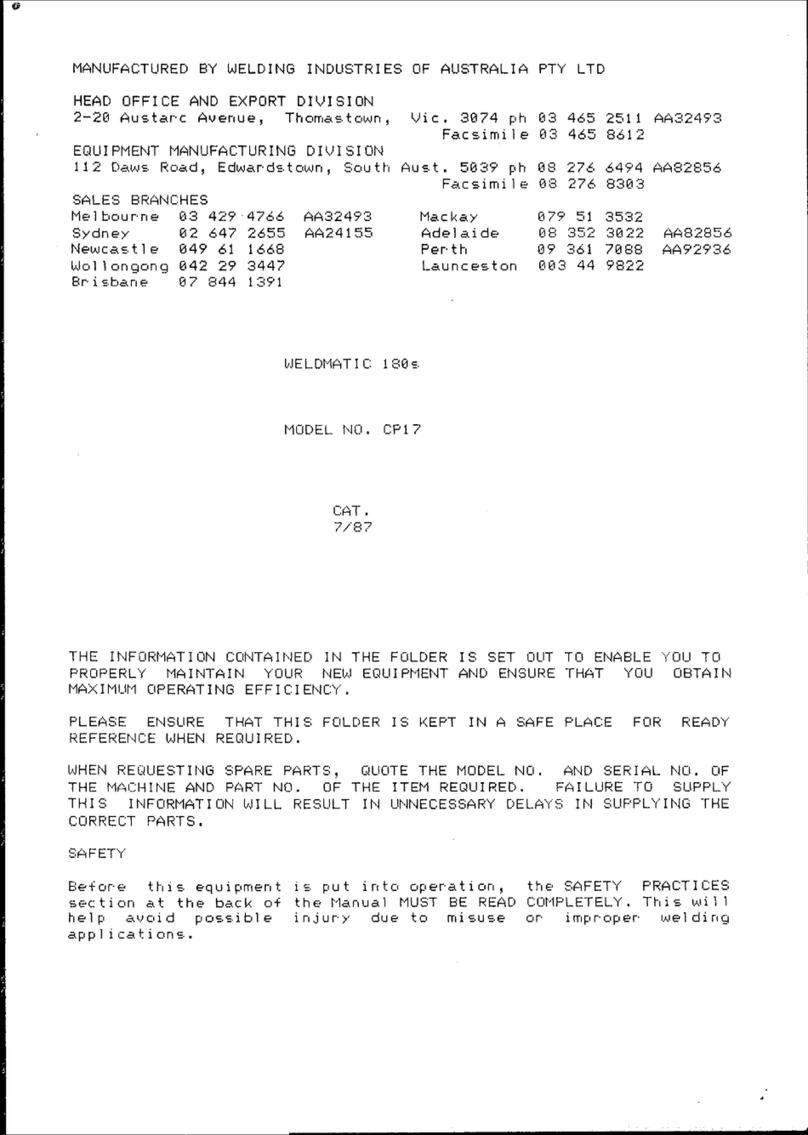WIA WELDMATIC 600 User manual
Other WIA Welding System manuals

WIA
WIA WELDMATIC 270 User manual

WIA
WIA Weldmatic 200i MIG User manual
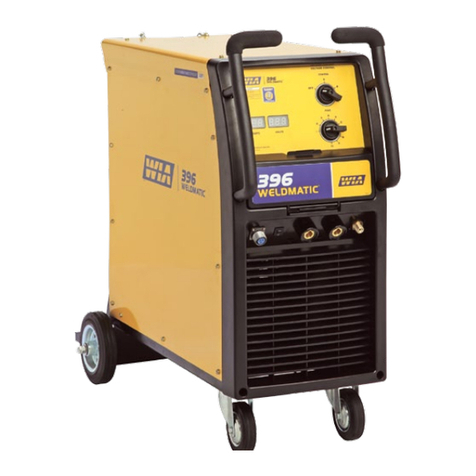
WIA
WIA Weldmatic 396 User manual
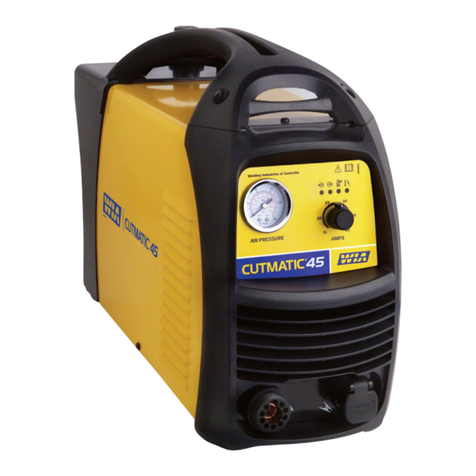
WIA
WIA Cutmatic 45 Series User manual
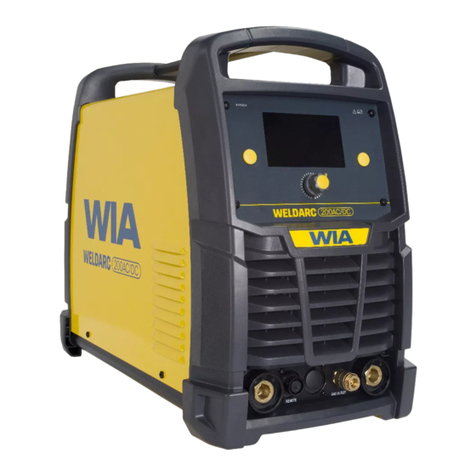
WIA
WIA WELDARC 200AC/DC User manual
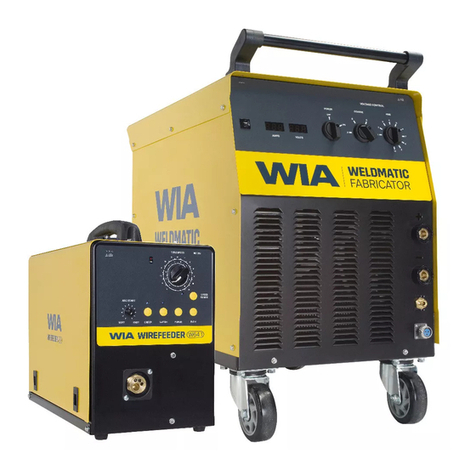
WIA
WIA CP149-1 User manual
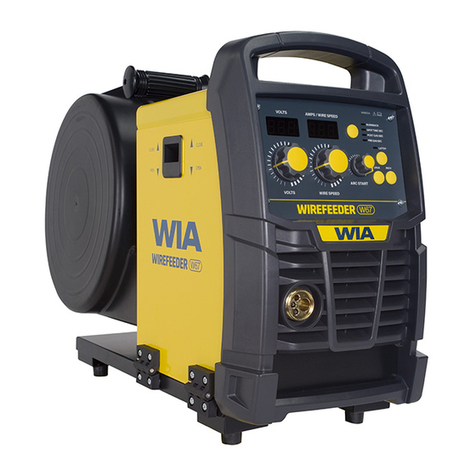
WIA
WIA WIREFEEDER W67 User manual
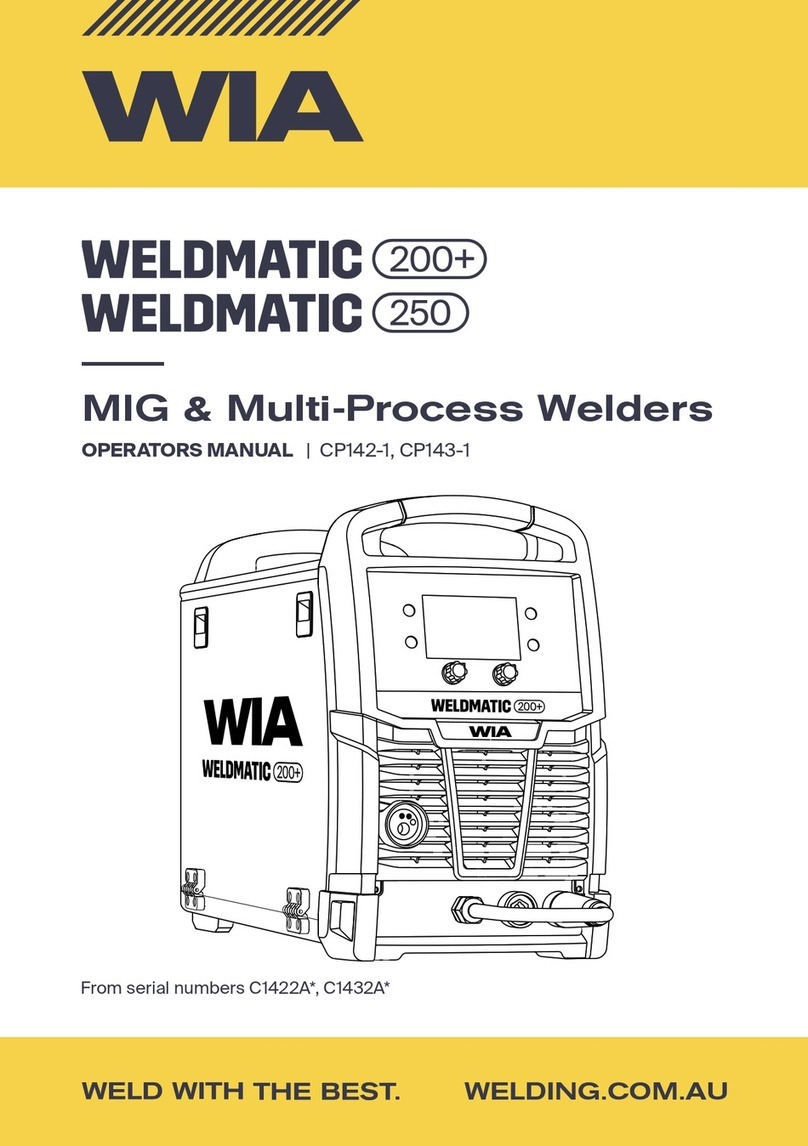
WIA
WIA WELDMATIC 200+ User manual

WIA
WIA WELDMATIC 200 User manual

WIA
WIA CP27-9 User manual
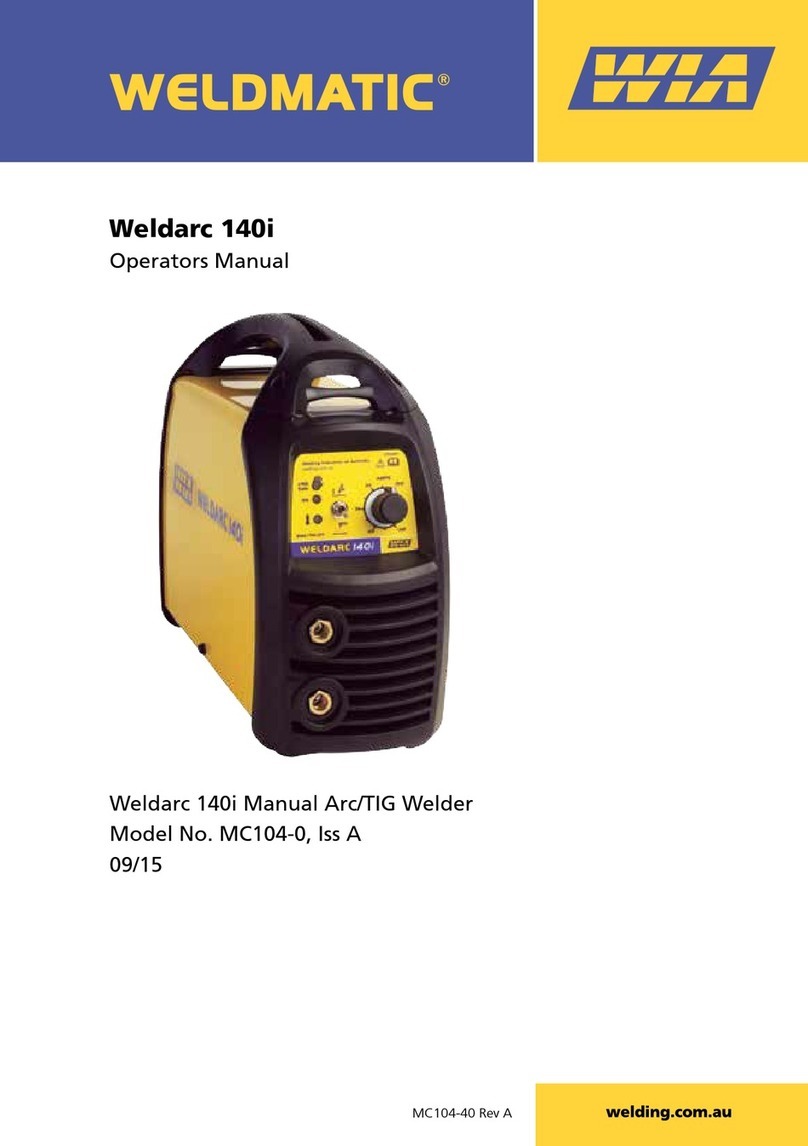
WIA
WIA WELDMATIC Weldarc 140i User manual
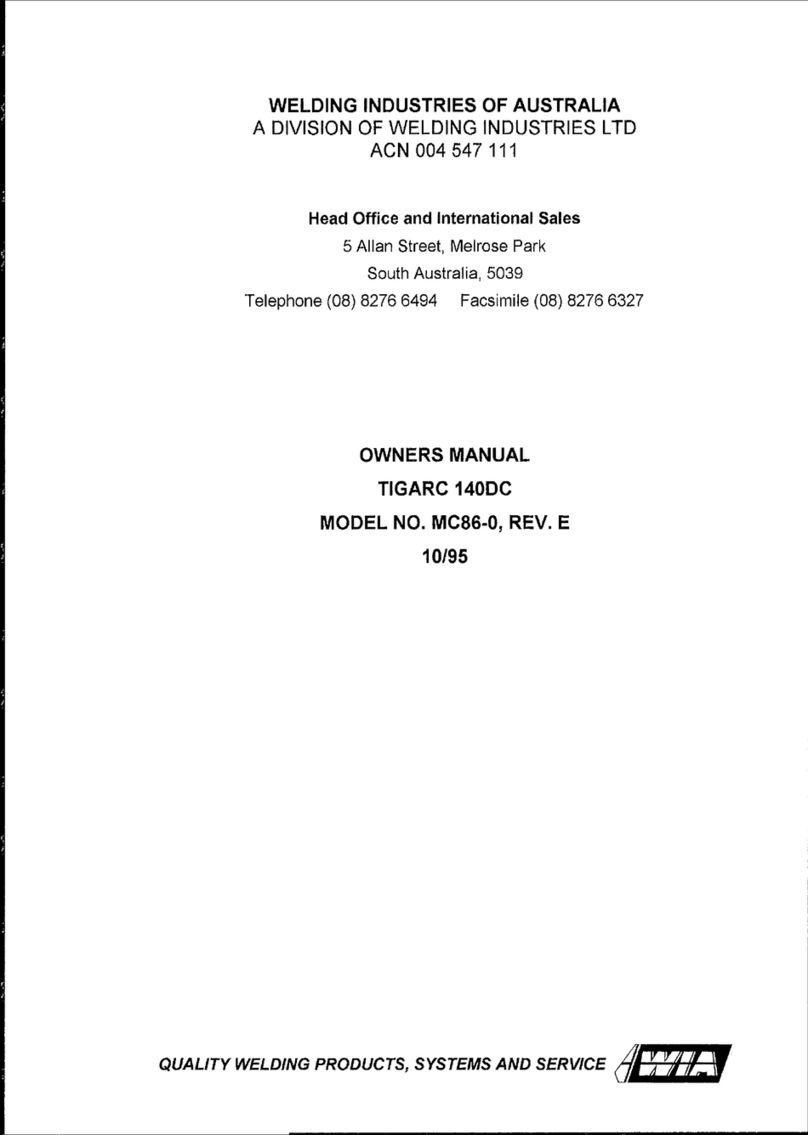
WIA
WIA TIGARC 140DC MC86-0 User manual

WIA
WIA CP125-2 User manual
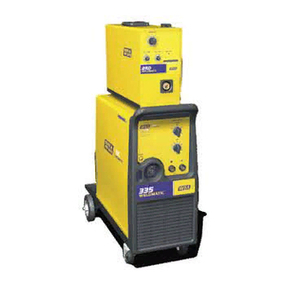
WIA
WIA WELDMATIC 335 User manual
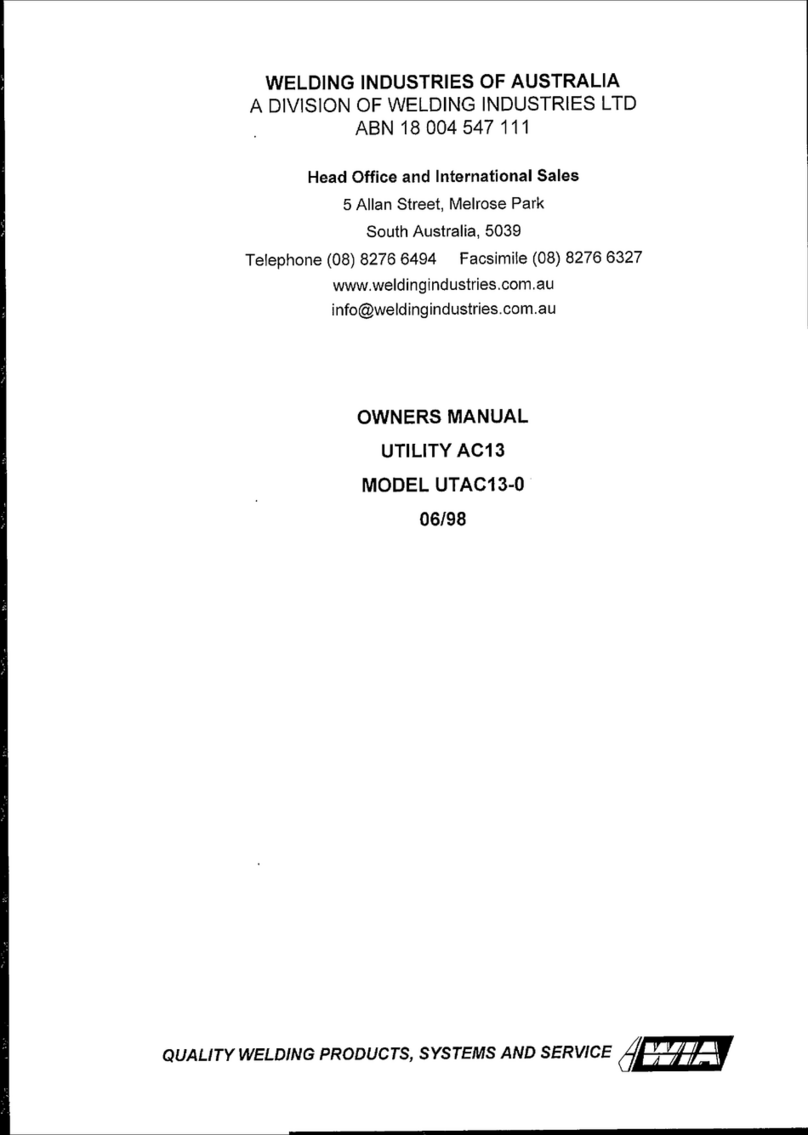
WIA
WIA UTILITY UTAC13-0 User manual

WIA
WIA Weldmatic 396 User manual

WIA
WIA WELDMATIC 356 User manual
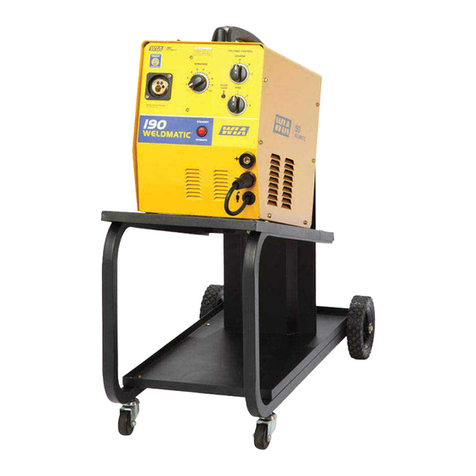
WIA
WIA Weldmatic 190 User manual

WIA
WIA Weldmatic Fabricator P135-2 User manual

WIA
WIA MC115-0 User manual
Popular Welding System manuals by other brands

Hobart Welding Products
Hobart Welding Products AirForce 375 owner's manual

GF
GF MSA 330 instruction manual

Hakko Electronics
Hakko Electronics FX-888D instruction manual

Abicor Binzel
Abicor Binzel ABIPLAS WELD 100 W operating instructions

EWM
EWM Taurus 355 Basic TDM operating instructions

Thermal Dynamics
Thermal Dynamics PakMaster 100 XL plus operating manual
